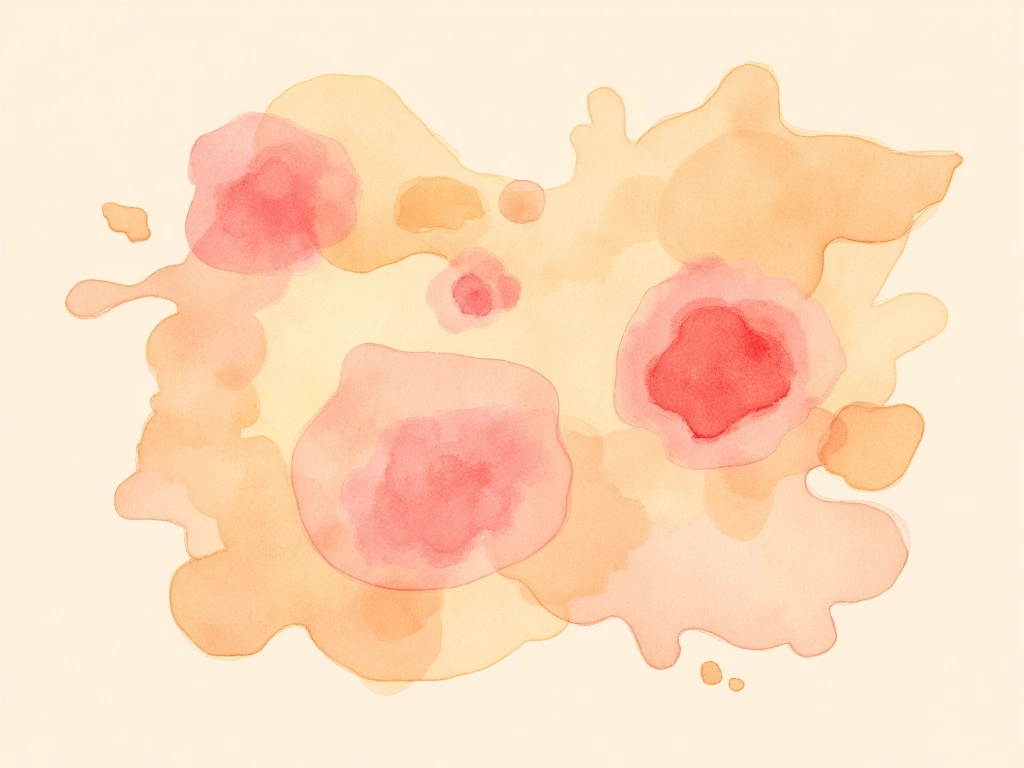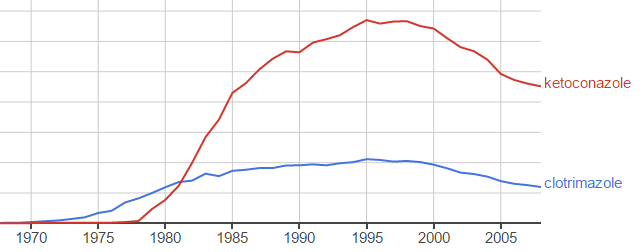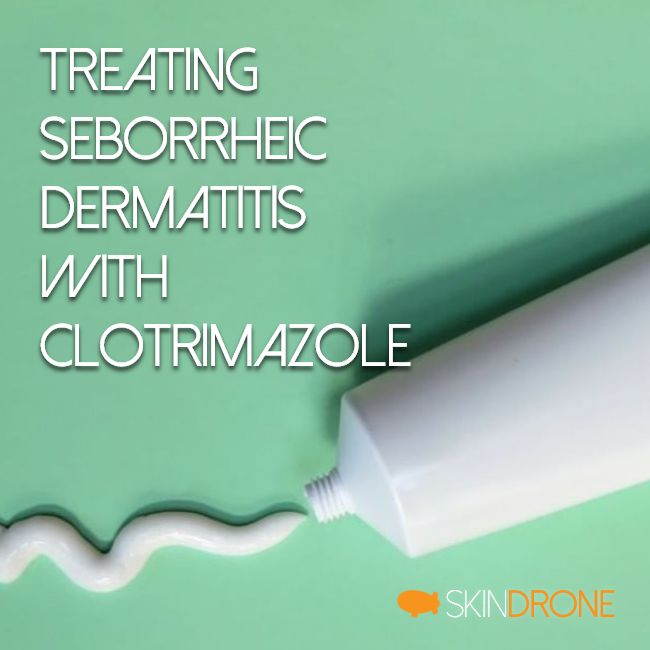- Struggling with scalp issues like dandruff and itchiness?
- Looking for an accessible and research-backed treatment?
- Curious about using clotrimazole for seborrheic dermatitis?
This article dives into the science behind using clotrimazole to manage seborrheic dermatitis, a common skin condition causing dandruff, redness, and itching. We’ll explore how this antifungal works, its effectiveness, safety, and alternative options to help you make informed decisions about your skin health.

Understanding Seborrheic Dermatitis and Why Clotrimazole Might Help
Seborrheic dermatitis is a widespread skin issue that mainly affects the scalp, leading to:
- Dandruff (flaking)
- Redness
- Itchiness [1]
This condition is complex, with several factors believed to contribute to its development:
- Sebaceous gland activity: Oil production on the skin.
- Malassezia yeast: A type of fungus naturally present on the skin, but can overgrow and cause problems.
- Immune system responses: How your body’s defense system reacts. [2]
The Role of Malassezia
Research highlights the significant role of Malassezia yeast in seborrheic dermatitis. [3] Changes in the skin’s microbiome, including an imbalance in Malassezia species and bacteria, are seen in those with the condition. [4]
How is Seborrheic Dermatitis Treated?
Treatments often aim to address these underlying factors and commonly include:

Clotrimazole: A Closer Look at this Antifungal
Clotrimazole is an antifungal medication that inhibits the growth of various microorganisms, including fungi and some bacteria. [10] It’s proven effective against various fungal infections [] and even used for conditions like oral lichen planus. [11]
Important Considerations for Clotrimazole Use:
- Potential Side Effects: Long-term use of topical clotrimazole might lead to secondary candidiasis (another yeast infection) or oral mucosa issues. [12]
- Allergic Reactions: Some individuals may experience allergic reactions, indicated by positive patch tests. [13]
Innovations in Clotrimazole Delivery
To improve how well clotrimazole works, researchers are exploring advanced delivery methods, such as:

How Effective is Clotrimazole for Seborrheic Dermatitis?
Clotrimazole is a common treatment for seborrheic dermatitis because it targets Malassezia furfur, a key fungus involved in the condition. A 1% clotrimazole cream has shown to be effective, with studies suggesting around a 50% response rate. [17]
What About Resistant Cases?
Unfortunately, some Malassezia furfur strains can become resistant to clotrimazole. In these situations, alternative treatments become necessary. Natural options like aloe vera extract have shown antifungal activity against resistant strains. [18] Emu oil is also being investigated for its potential benefits due to its anti-inflammatory and antioxidant properties. [19]
Clotrimazole and Different Malassezia Species
Clotrimazole’s antifungal action against Malassezia pachydermatis has been well-studied, further supporting its use in seborrheic dermatitis caused by various Malassezia species, including resistant ones. [20] [21] [22]
Is Clotrimazole the Best Antifungal?
While effective, clotrimazole may be less potent against Malassezia compared to other azole antifungals like ketoconazole and itraconazole. [23]


Is Clotrimazole Safe to Use?
Clotrimazole has a long history of use, dating back to 1969, and is generally considered safe for topical application. [24] Studies involving thousands of patients have shown a low incidence of side effects (around 2.7% in one study of 699 patients). [25] Its safety profile is strong enough for it to be included on the World Health Organization’s List of Essential Medicines. [26]
Potential Side Effects to Be Aware Of:
While generally well-tolerated, some possible side effects include:

Exploring Other Treatment Options for Seborrheic Dermatitis
While clotrimazole can be a helpful tool, many other effective treatments, both conventional and natural, are available for seborrheic dermatitis.
Conventional Medical Treatments
- Newer Topical Antifungals: Ketoconazole and other newer antifungals often show better results than clotrimazole. [29]
- Other Medications: Zinc pyrithione, coal tar, salicylic acid, and selenium sulfide shampoos and creams are also well-established treatments with anti-inflammatory and antifungal effects.
-
Severe Cases: For persistent or severe cases, doctors may consider phototherapy or short-term use of mild corticosteroids. However, corticosteroids can have side effects like skin thinning, so benefits and risks should be carefully weighed.
Natural and Lifestyle Approaches
Research is also exploring natural ingredients that may help manage seborrheic dermatitis symptoms:
- [Aloe vera][1]: Known for its soothing and anti-inflammatory properties.
- [Tea tree oil][2]: Has antimicrobial and anti-inflammatory effects.
- [Honey][3]: Exhibits anti-inflammatory and antimicrobial properties.
Beyond Topical Treatments:
- [Probiotics][4]: May influence gut health and immunity, potentially impacting skin conditions.
- [Stress management][5]: Stress can worsen seborrheic dermatitis, so stress reduction techniques may be beneficial.
- [Dietary changes][6]: Limiting inflammatory foods might play a role in managing symptoms.
Often, the most effective approach involves a combination of medical treatments and natural/lifestyle strategies tailored to individual needs.

Key Takeaway: Clotrimazole for Seborrheic Dermatitis
Clotrimazole is a readily available and affordable antifungal that can offer relief from seborrheic dermatitis for many. It’s generally safe for short-term use and can effectively reduce symptoms. However, for chronic, severe, or resistant cases, or for potentially better outcomes, combination therapies or newer antifungals like ketoconazole might be more suitable. If using clotrimazole long-term, consistent skincare and monitoring for any side effects are recommended.

No Comments
Be the first to start a conversation